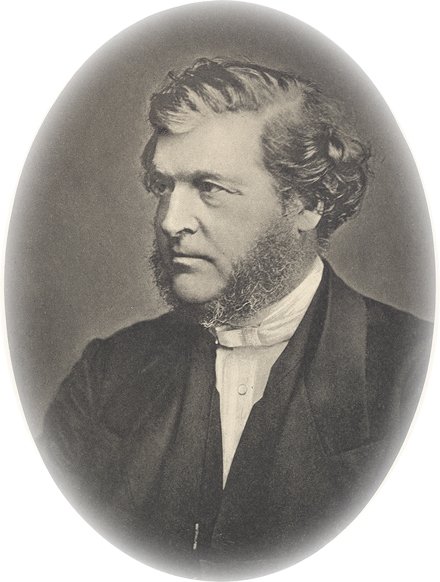Dr. Barton adds a supplement
I ought to add something on the probable sources of the Grail legend. Scholars are not agreed, but there are two basic options; a pagan Celtic and a Christian (the idea that it has an Oriental origin is not very convincing). These are not mutually exclusive, of course, and we may see a weaving together of Christian and pagan Celtic elements.
If the Celtic story came first, then the original Grail story contained no religious element at all, and was probably simply a revenge-tale in which a hero uses magic talismans to avenge a wrong done to some kinsman. Talismans, such as magic lances and food-giving vessels figure prominently in Celtic myths and folk-tales, and if the Grail legend is originally Celtic, the Grail was probably originally a dish that gave food magically. The religious element would have been introduced when the Grail legend was fused with the legend of Joseph of Arimathea, which is a legendary account of the conversion of Britain.
If, however, the original source is Christian, it is undoubtedly the apocryphal Gospel of Nicodemus, which was very popular in 12th Century Britain. In this apocryphal work Joseph of Arimathea is imprisoned by the Jews without food and water, but is miraculously fed by Christ himself out of the Grail (this may be regarded as a sacramental legend derived, not from Celtic myth, but from popular Eucharistic piety). Joseph is liberated by Titus in AD 70 at the destruction of Jerusalem, and comes to Britain with the Grail. Celtic elements in the Grail story are then accounted for by this tale being taken up by British bards and woven into popular folk-tales.
The Church never countenanced the Grail legend, probably for two reasons. Firstly, it was based on an apocryphal book of uncertain date and origin (but certainly not written by Nicodemus), and made extravagant claims for the Grail. Secondly, it gave a high, ancient and illustrious origin for the British Church, an origin almost as glorious as that of the Church of Rome. Such a legend would tend to inflame any separatistic tendencies within the British Church, and Rome wouldn't want that.
In any case, the legend was late in orgin, and it conflicted with known history at several points. While the Medieval Western Catholic Church was not entirely averse to appealing to forgeries such as the Donation of Constantine, the Grail Legend was far too fanciful, and served no useful purpose. It was left to the bards and the poets.
If the Celtic story came first, then the original Grail story contained no religious element at all, and was probably simply a revenge-tale in which a hero uses magic talismans to avenge a wrong done to some kinsman. Talismans, such as magic lances and food-giving vessels figure prominently in Celtic myths and folk-tales, and if the Grail legend is originally Celtic, the Grail was probably originally a dish that gave food magically. The religious element would have been introduced when the Grail legend was fused with the legend of Joseph of Arimathea, which is a legendary account of the conversion of Britain.
If, however, the original source is Christian, it is undoubtedly the apocryphal Gospel of Nicodemus, which was very popular in 12th Century Britain. In this apocryphal work Joseph of Arimathea is imprisoned by the Jews without food and water, but is miraculously fed by Christ himself out of the Grail (this may be regarded as a sacramental legend derived, not from Celtic myth, but from popular Eucharistic piety). Joseph is liberated by Titus in AD 70 at the destruction of Jerusalem, and comes to Britain with the Grail. Celtic elements in the Grail story are then accounted for by this tale being taken up by British bards and woven into popular folk-tales.
The Church never countenanced the Grail legend, probably for two reasons. Firstly, it was based on an apocryphal book of uncertain date and origin (but certainly not written by Nicodemus), and made extravagant claims for the Grail. Secondly, it gave a high, ancient and illustrious origin for the British Church, an origin almost as glorious as that of the Church of Rome. Such a legend would tend to inflame any separatistic tendencies within the British Church, and Rome wouldn't want that.
In any case, the legend was late in orgin, and it conflicted with known history at several points. While the Medieval Western Catholic Church was not entirely averse to appealing to forgeries such as the Donation of Constantine, the Grail Legend was far too fanciful, and served no useful purpose. It was left to the bards and the poets.

0 Comments:
Post a Comment
<< Home